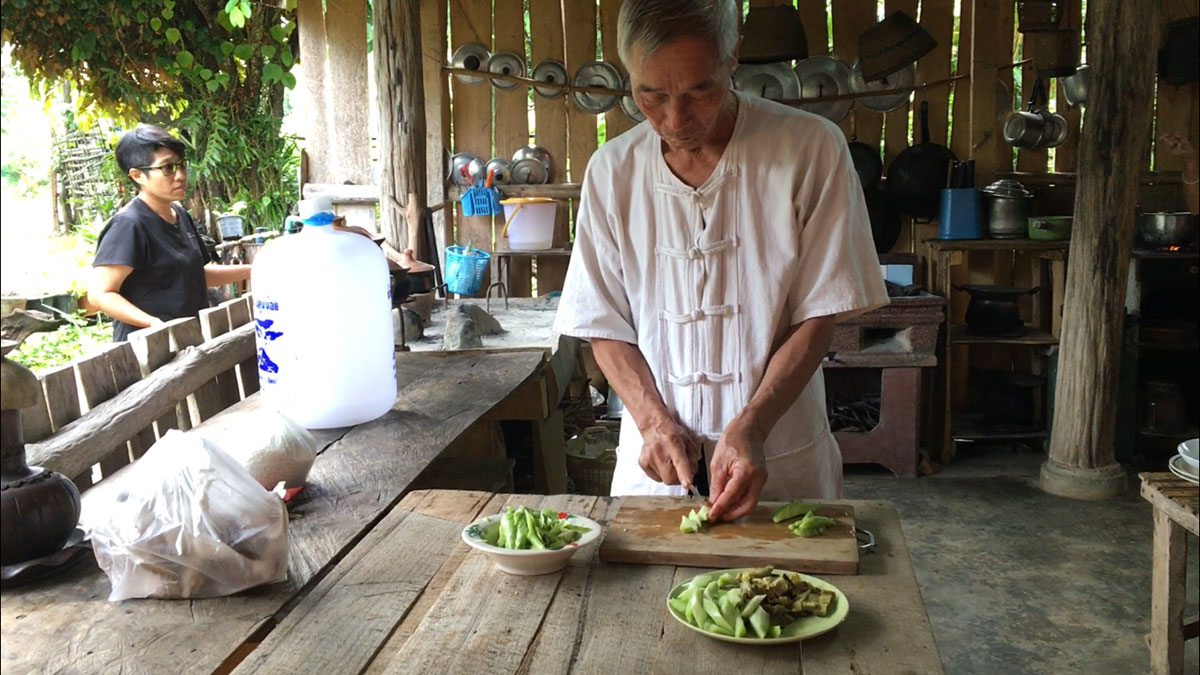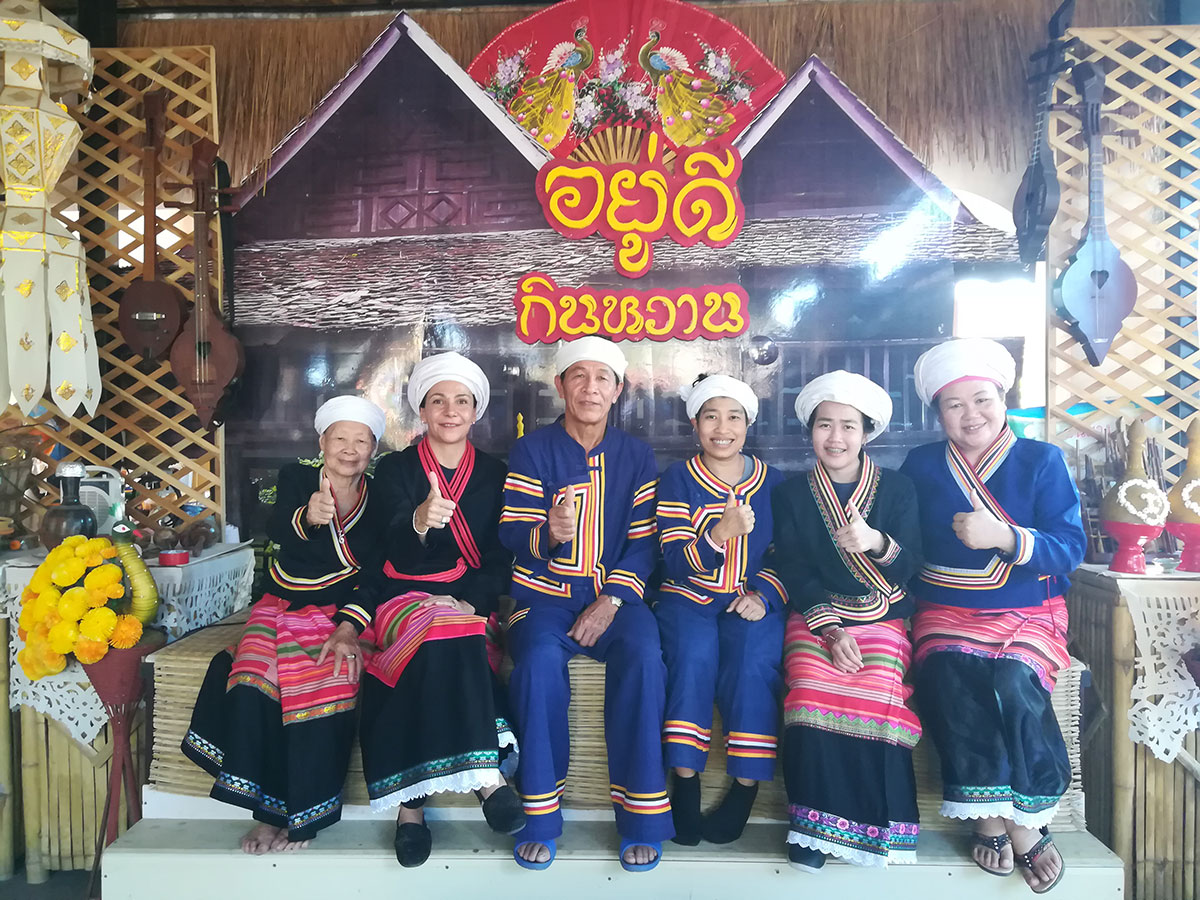Making Community Based Tourism ChildSafe
An industry first: ChildSafe Community Based Tourism in Thailand
You may already have heard of Community-based Tourism (CBT). It’s part of a growing trend within the tourism industry of experiential products offering direct interaction between people in communities and the tourists and travelers visiting those communities.
CBT can offer many economic benefits and opportunities for everyone involved, however the sudden influx of visitors also brings increasing risks for children living in these communities if the situation is not managed properly. We may see children not attending school or traveling in unsafe ways to earn money in tourism destinations. Other risks include inappropriate and culturally insensitive contact with travelers, being the subject of obtrusive or exploitative photography, disruption to their learning by school visits from outsiders, and even exposure to predators looking to gain access to children outside of mainstream tourism and urbanized support networks.
So, how can ChildSafe address these new challenges?

Our approach
In Thailand, with the support of UNICEF and the local administrations, ChildSafe Thailand has been piloting a new CBT program in Chiang Mai and Chonburi Provinces. The aim of this program is to empower the community to mitigate these risks and to enjoy tourism as a boost to the prosperity of the local economy in a child safe environment.
‘Community’ is the key word in CBT, meaning we needed to be fully inclusive in our definition of community in our work. So we mobilized a broad range of stakeholders to ensure the voices and needs of the local travel industry, all community members and children were heard and met. We gathered together the local government known as the Tambon Administration Organization (TAO) , CBT associations, homestay owners, the local child protection committee / youth council, community volunteers, local businesses , local foundations/NGOs, as well as local school management, teachers and parents.
Our goal was to raise awareness of the inherent risks to the community as well as the potential risks arising from travellers, and to empower the community as a whole to develop and implement their own action plan to address these. ChildSafe and its parent organization, Friends-International, have almost 25 years’ experience in developing social solutions, so we know the importance of local ownership to drive effective social change, and this was core to how we did things alongside the CBT associations.

First, we spent time with the community and various other stakeholders to gauge their awareness of child protection issues and to understand their current interactions with travelers. From this we were then able to conduct tailor-made and highly interactive workshops to bring out both those inherent and potential risks to children in more detail. In these each of the communities quickly raised a range of concerns – unsupervised contact with children via school visits, youth guided activities and home-stays, plus risks around photography by visitors, internet dangers and culturally insensitive behaviors for both local and visiting children.
Our impact
After a series of workshops had taken place, each community prioritized the main risks and developed a tailor-made action plan to address them, which ChildSafe supported them to implement and maintain over the course of several months.
In addition to providing knowledge and skills to these CBT associations and communities at large the program has had good initial tangible results from their tailored action plans including:
- Schools installing signage to address tourist visits and other inappropriate behaviors of visitors
- Schools incorporating child self-protection modules into their curriculum
- Home stays displaying the ChildSafe ‘7 Tips for Travelers’ and developing a child safety brochure for guest children
- Local foundations considering the review of their child protection policy and media guidelines
- The training and certification of ChildSafe Agents under the coordination of the TAO Child Protection Committee
- In general, a great commitment from community stakeholders to improve Child Protective measures locally on the longer-term through diverse channels and initiatives, such as awareness raising through radio broadcasting and local events with ChildSafe messages
The communities continue to have full ownership of maintaining their CBT action plan whereas the ChildSafe team will continue to provide technical support and regularly check-in with the ChildSafe Agents, broader community members and local authorities.
Following the success of this initial pilot, ChildSafe is now looking for support from governments and the private sector to expand our CBT program in other countries and communities, to ensure not only that children are able to benefit from the economic boost that tourism brings, but also that any benefit does not compromise their safety and security in any way. Contact: info@thinkchildsafe.org
Understanding child welfare risks in community based tourismChildren missing school to work in tourism or accommodate travelers as tour guides, homestays or selling souvenirs. Children begging for money in the community and at tourist attractions. Children’s safety and needs being compromised to accomodate travelers, particularly in homestays. Travelers transforming children into tourist attractions by visiting slums areas, schools , orphanages and watching child performances. Travelers having unsupervised or inappropriate contact with children. Travelers encouraging situations of poverty and negative behaviours by giving donations directly to children and families. Travelers taking pictures of children and sharing on social media that breach a child’s right to privacy and falsely represent the children and community. Increased risk of abuse from ill-intentioned travelers using homestays and rural communities to access children. Travelers behaving in culturally inappropriate or disrespectful ways. |

